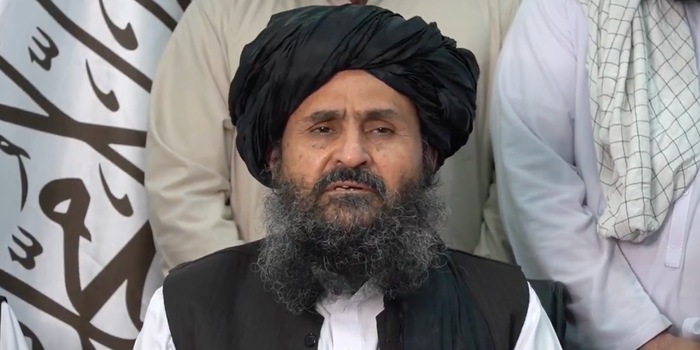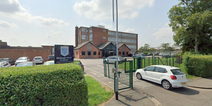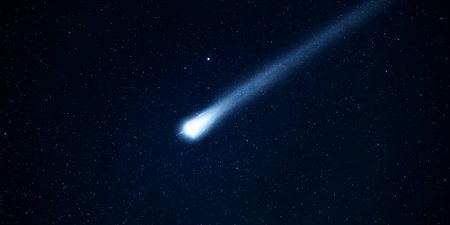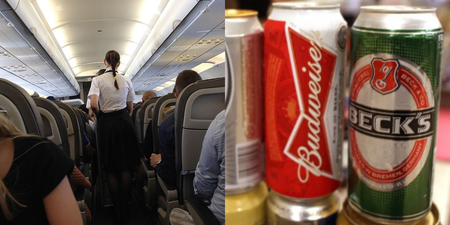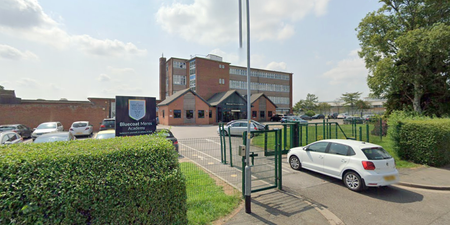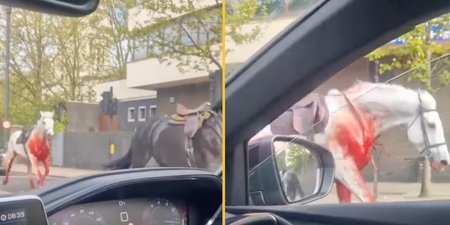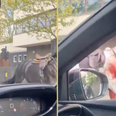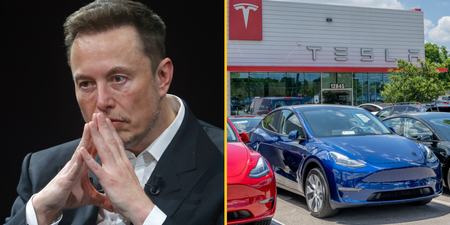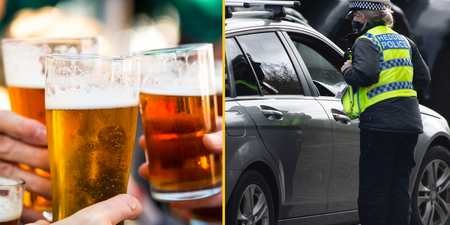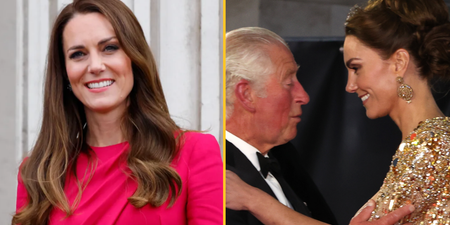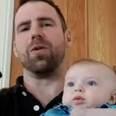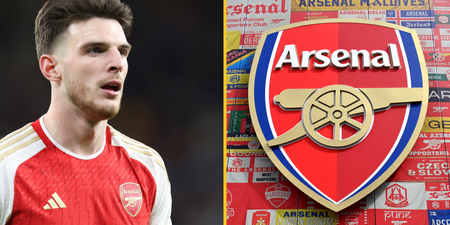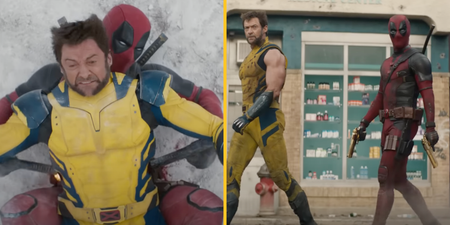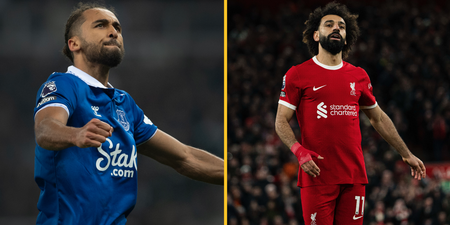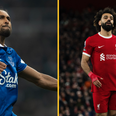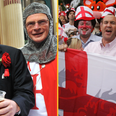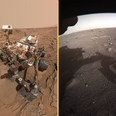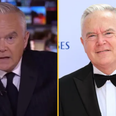As the Taliban complete their takeover of Afghanistan, who is their new leader and most public face, Abdul Ghani Baradar
The Taliban has well and truly taken over Afghanistan – so much so, that on Tuesday they gave their first press conference.
The insurgents are now in a better position than they were when the US began its military campaign in the country back in 2001.
So, who is in charge now, and what do we know about him?
Abdul Ghani Baradar, a man who was released from prison less than three years ago – at the request of the US – is the top man at the Taliban and arguably the victor of the 20-year conflict.
While Baradar isn’t the group’s overall leader, he is one of its co-founders and the most public face, demonstrated by the television statement he gave after the takeover of Kabul.
In this, he said the Taliban’s test was only just beginning and that the Islamist group now had to serve the nation.
Mullah Baradar to Taliban: “we have reached a victory that wasn’t expected…we should show humility in front of Allah…now it’s time of test — now it’s about how we serve and secure our people, and ensure their future/good life to best of ability”
— Mujib Mashal (@MujMash) August 15, 2021
How the Taliban started
Born in 1968 in the province of Uruzgan, Baradar fought in the Afghan mujahideen in the Soviet-Afghan War of the 1980s.
After this conflict came to an end in 1989 with the Soviets being driven out of the country, a civil war developed between rival warlords. It was in this period that Baradar and his former commander set up an Islamic religious school, before going on to found the Taliban in 1994, a movement dedicated to the religious purification of Afghanistan and fuelled by religious fervour.
In 1996, they took control of the country, in a fashion not dissimilar to what has taken place in recent weeks, with a rapid sweep through Afghanistan. The group took control of several provincial capitals in a series of conquests, that Baradar was often one of the key minds behind.
When the Taliban were eventually overpowered by US and Afghan forces, Baradar was deputy minister of defence. He went on to gain a reputation as an impressive strategist and military leader, but also a wiley political operator.
Related links:
As Afghans flee for their lives, Taliban seen enjoying bumper cars at amusement park
Taliban order CNN reporter to get out of their way because she’s a woman
Biden’s statement ‘washing hands’ of Afghanistan labelled ‘one of most shameful in US history’
Arrest and release
Despite being viewed by some as a figure who could be open to political relations with Kabul because of his supposedly-moderate views, the CIA was able to track Baradar down and get Pakistan’s Inter-Services Intelligence (ISI) agency to arrest him.
According to the Guardian, a former official said that his arrest was instigated “because of his role in the war rather than because of the likelihood that he was going to suddenly make peace.”
But in 2018, Baradar was released at the request of Donald Trump’s Afghan envoy, Zalmay Khalilzad so that he could lead negotiations with the US in Qatar, where the Taliban had set up a political office.
Here is Secretary of State Mike Pompeo, meeting with Mullah Abdul Ghanu Baradar – the co-founder of the Taliban who has taken over Kabul – on November 21, 2020, after the Trump administration helped to secure his release from prison. pic.twitter.com/OIbMJ75QnS
— Amee Vanderpool (@girlsreallyrule) August 16, 2021
Whilst Obama’s administration had been wary of the Afghan Taliban co-founder, the Trump administration believed that he may settle for a power-sharing arrangement.
Baradar ended up signing the Doha agreement with the US in early 2020, in what was hailed as a breakthrough towards peace by Trump’s government. As part of the arrangement, the US and Taliban agreed not to fight each other. This was meant to be followed by power-sharing talks between the Taliban and the Kabul government at the time.
There was little progress in these talks, and now it is obvious that Baradar was biding his time, waiting for the US presence in the country to be over before mounting a major Taliban offensive across the country.
With the Taliban’s sweeping conquest of Afghanistan, few people have emerged from the 20-year conflict as victorious as him.
